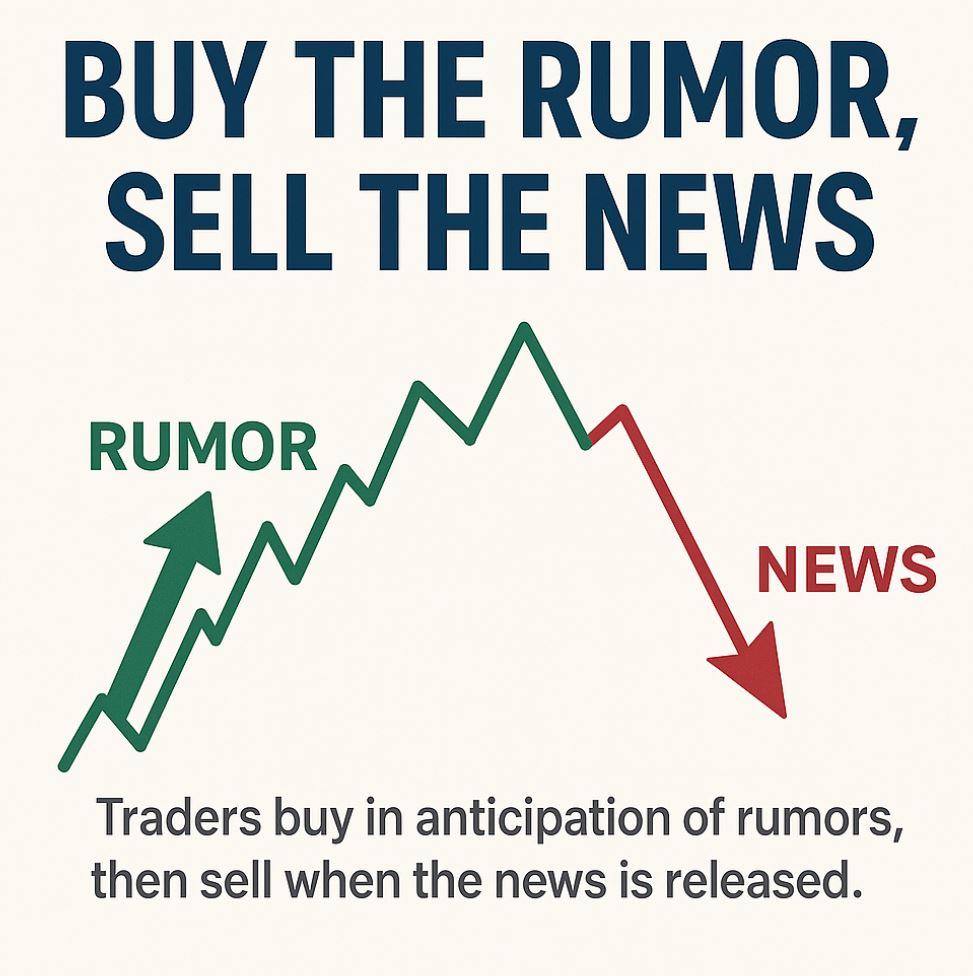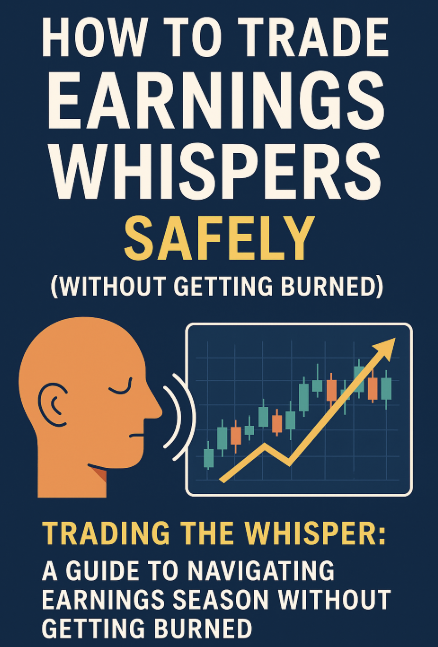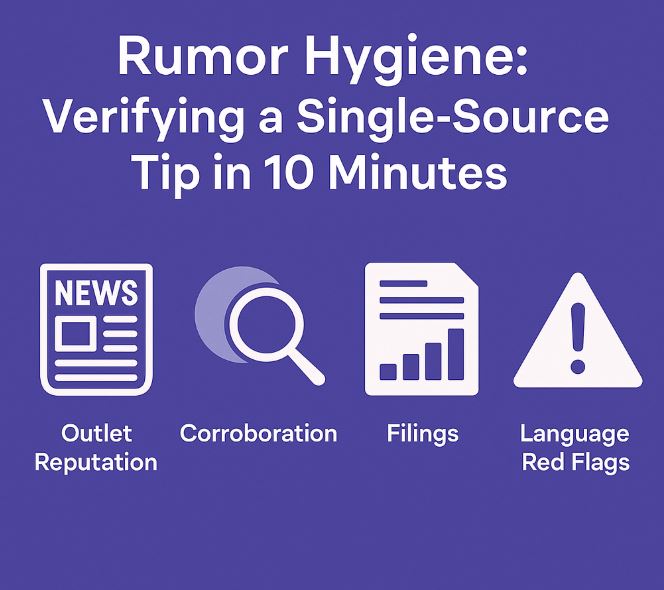Markets don’t just respond to news — they anticipate it.
That simple truth is behind one of the oldest and most reliable trading patterns: Buy the Rumor, Sell the News.

The Psychology of Anticipation
When traders hear a rumor, an upcoming earnings beat, a product launch, a takeover. They act before confirmation. Prices rise on speculation, not facts. By the time the official news drops, optimism is already “priced in,” leaving little upside. That’s when early buyers lock in profits, selling to latecomers who rushed in on the headline.
This cycle is fueled by human biases:
- Herding: Investors pile in because others are buying. (source)
- FOMO: Fear of missing out drives irrational entry. (source)
- Confirmation Bias: Traders only see information that supports the rumor.
Together, these behaviors push prices higher than fundamentals justify.
The Profit-Taking Moment
Once the announcement arrives, early movers cash out:
- Profit-Taking: Informed traders sell into the hype.
- Catalyst Removed: Without anticipation, momentum fades. (source)
- Disappointment Effect: Reality often fails to match the inflated expectations.
Even good news can spark selloff, not because the outcome is bad, but because it wasn’t better than imagined.
Case Studies in Action
- Apple iPhone Launches: Stock often rises on leaks and rumors, then stalls or dips after the official reveal.
- Dogecoin & Elon Musk’s SNL: Price surged 200% in anticipation of hype, then collapsed during the show.
- M&A Rumors: Target companies typically gain a third of the takeover premium before the announcement.
These examples show the strategy is consistent across stocks, crypto, and even bonds.
The Social Media Accelerator
In the past, rumors spread slowly through analysts and newspapers. Now Twitter, Reddit, and Stocktwits amplify whispers into viral manias within hours. GameStop’s 2021 short squeeze showed how a community can create the rumor and the news simultaneously.
How Traders Use It
To apply this strategy, traders:
- Identify high-impact events (earnings, launches, policy moves).
- Track sentiment early via news, social media, and chatter.
- Enter before the crowd — and plan an exit before or at the official announcement.
- Avoid overconfidence — timing and rumor reliability are everything.
Risks to Remember
- False rumors can wipe you out.
- Entering too late means buying inflated prices.
- Crowded trades often collapse faster than expected.
The key isn’t trading the news itself, it’s trading the market’s anticipation of the news.
Takeaway
“Buy the Rumor, Sell the News” isn’t a cliché, it’s a reflection of market psychology. By understanding how anticipation, bias, and profit-taking shape price moves, traders can better navigate hype cycles. The next time you see a rumor gaining steam, remember: the opportunity isn’t when the news breaks, but before it does.



